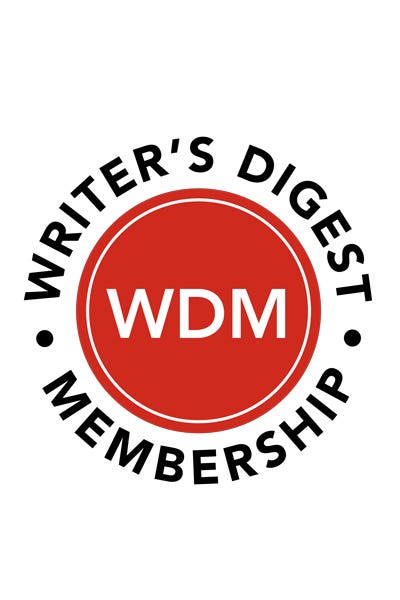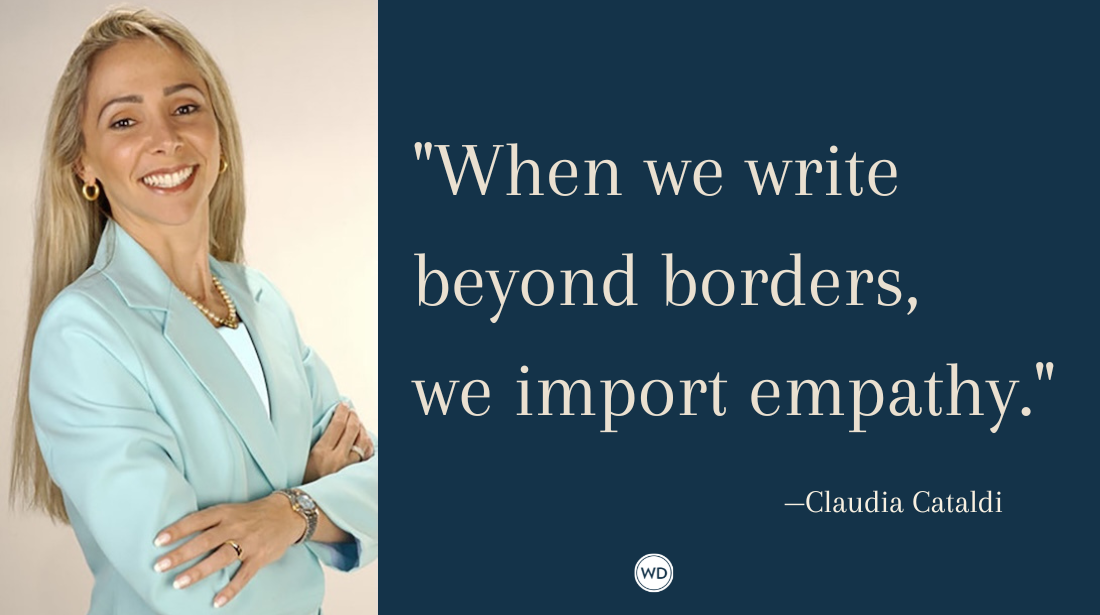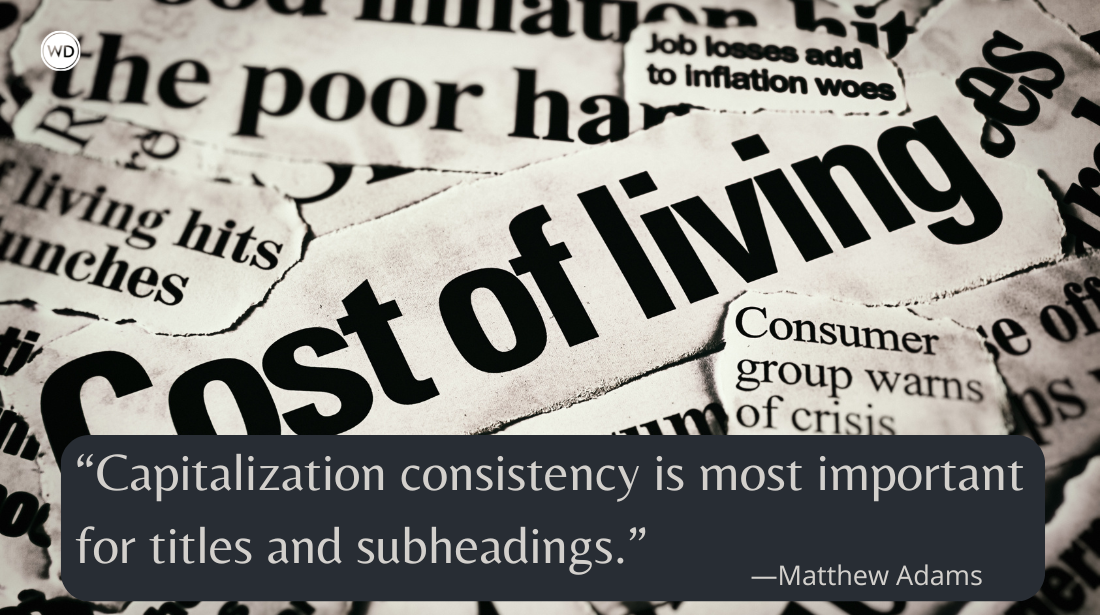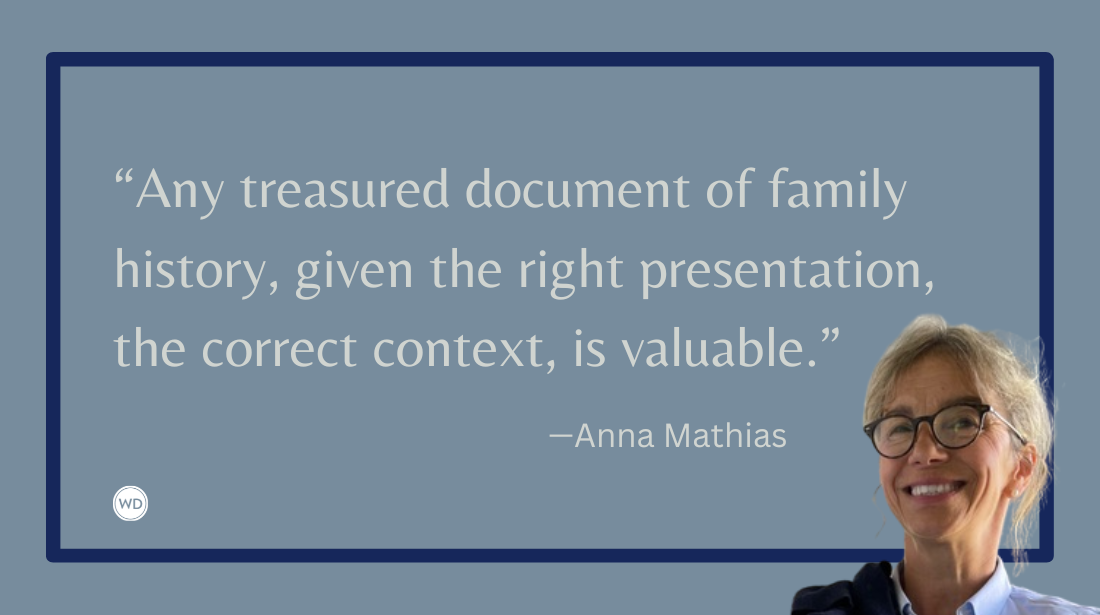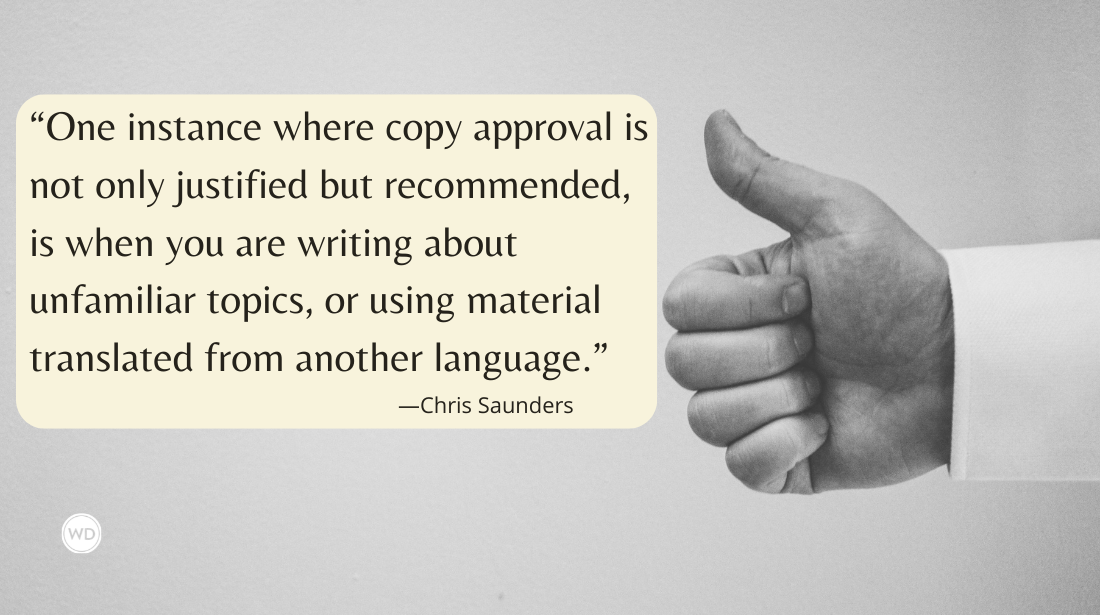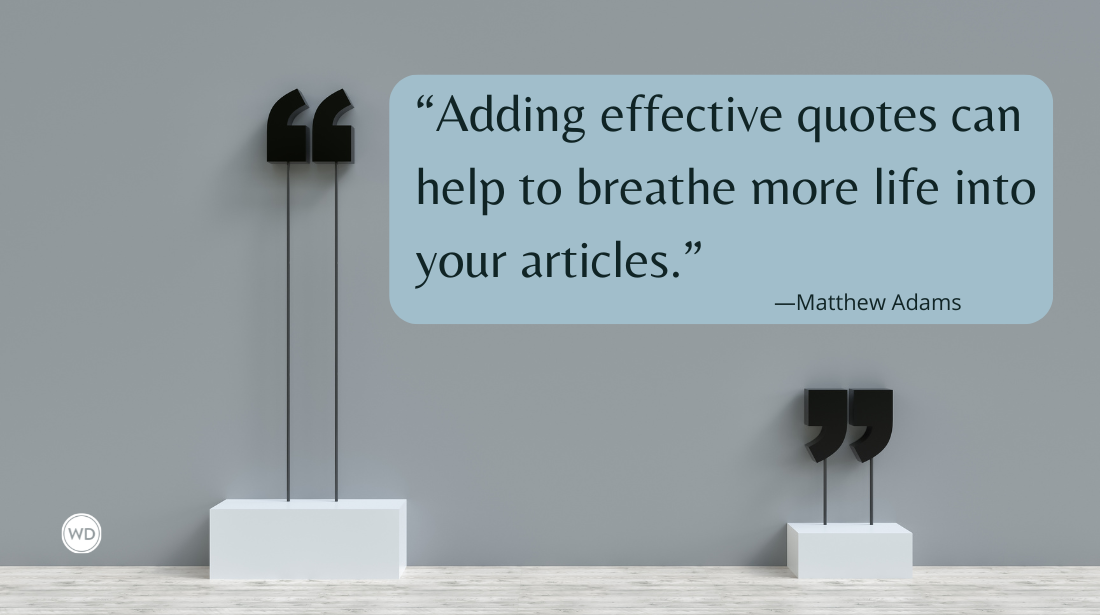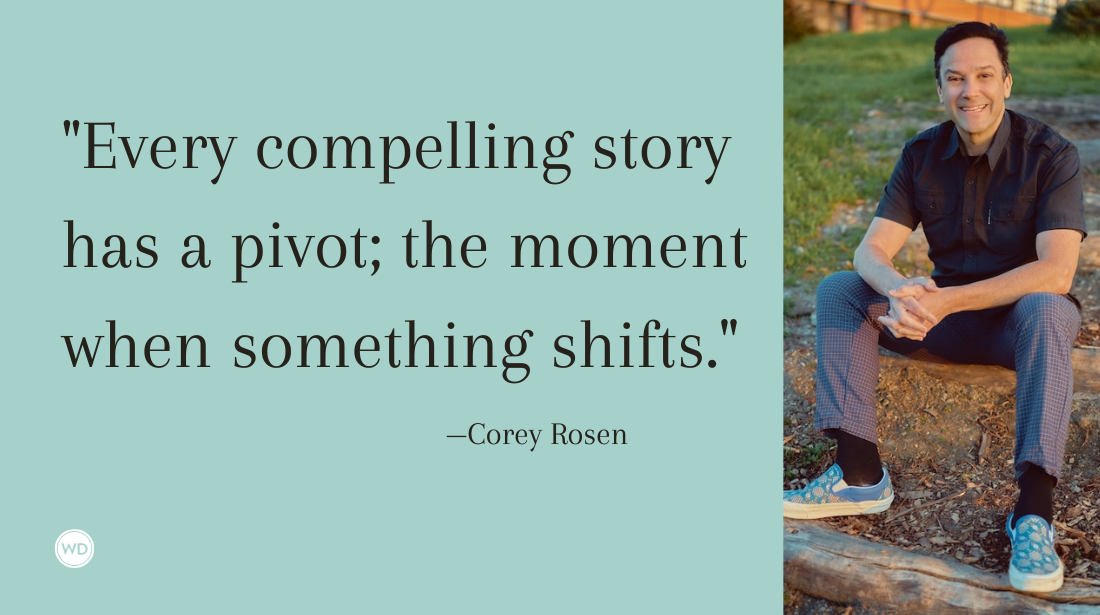How Advice, Art, a Baby Boomer, and a Millennial Created a Book of Wisdom for the Ages, and All Ages
Author Gina Barreca and illustrator John Guillemette have a conversation about their creative process in creating an advice book together.
Welcome to GINA SCHOOL! GINA SCHOOL offers open, early, and rolling admissions to all students of life and lifelong students: perpetual latecomers, mature students, speed readers, book groups, gloriously erudite librarians, anxious applicants in need of reassurance, writers in need of prompts, artists in need of inspiration, and humans everywhere.
Over many months, author Gina Barreca and artist John Guillemette collaborated on their new book Gina School over Chinese food, pots of coffee in NY-style delis, video calls, and postal packages. In person and from across miles, they crafted Gina School, Gina Barreca’s most personal and dynamic collection yet: 103 illustrated life lessons. When you’re a renowned humorist and a beloved professor practiced at the art of delivering hard-knocks advice with love and humor, you’ve got to put it all on the page.
Gina and John got together one last time to talk writing, drawing, ruminating, laughing, and collaborating.
Gina: I couldn’t imagine how this book—lessons, truths, instruction, reassurances, aphorisms—could take shape. Yet I kept writing. Then, looking at John’s sketchbook, I saw what Gina School needed: a new dimension, both anchored and set free by the imaginative world of his artwork. It was like seeing a flat piece of paper, through origami, turn into a bird. John was getting an MFA, working full-time, and doing his own projects, but he was wise and ambitious enough to say “yes” when I asked him to collaborate on Gina School. He had no time, but neither did I, what with editing a book series for Woodhall Press, writing regularly for Psychology Today, and teaching full-time at UConn, in addition to lecturing nationally and internationally. Nobody you want to work with has any time for you, but you do it anyway. And so, we did.
John: A friend called the illustrations “oblique,” and I really liked that. They aren’t literal. I never tried to draw the words you sent me, at least not directly—and you trusted me enough to let me do that. Picture the process in reverse: What if the words had come after the illustration, like a caption contest? If people had to guess what the words were based on the image alone, they’d get it wrong most of the time, and I think that’s a strength of the project.
Gina: This is not a matching quiz.
John: We aren’t repeating ourselves. The illustrations don’t look directly at the writing. They walk down the block, round the corner, and then view the writing from a new angle.
Gina: A good example is Notre Dame. We’d gone back and forth with a line about ‘relationships ending in the worst way,’—one we eventually paired with an illustration of Notre Dame on fire. It grew more powerful and more oblique with each revision.
John: Seeing that image alone, you’d never guess the line.
Gina: You’d think it was about religion or God or history or something. And that illustration is so elaborate. And that sense of conflagration! I love it. What was the first draft?
John: I’d initially drawn an image of burnt toast on a plate.
Gina: Oh, yes. It didn’t quite fit.
John: It didn’t. It was too literal.
Gina: And not enough cataclysm.
John: And that was how we approached every line. Too “oblique” and you lose the connection. Too “spot-on” and you bring nothing new to the table. How far can we go?
Gina: Like Emily Dickinson’s poem, “Tell all the truth but tell it slant—Success in Circuit lies.” We’re human. We can’t stare at the truth; it’s like looking directly at an eclipse. In the beginning, your tendency was to be more directly representational, and it wasn’t working.
John: It wasn’t. There were often multiple characters in a drawing, a lot of people, even dialogue bubbles, which is crazy now, looking back on it.
Gina: I remember all those pencil sketches.
John: The first batch where I felt that we were getting close to establishing our aesthetic, where I finished everything in ink to see how it would go—those were mostly inanimate objects. And a little later, inanimate objects that had been interacted with by people without showing the people. One of my favorites examples corresponds to the line, “when presented the freedom of choice, most of us would prefer not to have to make a decision,” and the illustration depicts a multi-directional signpost with an axe swung into its side. So, someone was there recently. That’s what the axe tells us.
Gina: A lot of the illustrations depict either the moment right before or right after something happens. Someone was right there, or will be there soon, but they’re not in the illustration. And that someone becomes the reader. That landscape—or that set-design or whatever, that hint—is inviting the reader to be the person. As opposed to drawing the person, who then the reader understands that they are not. So, the non-representational is invitational.
John: Exactly.
Gina: You keep talking about achieving an aesthetic, which sounds very fancy but is of course true. I never thought of it in those terms.
John: And that’s the way an original aesthetic is established—organically. All we did was fine tune our book based on gut feelings. And approach each page with a relentless determination to get it right. That’s what artists do—we reach into the void of that which doesn’t yet exist, and we pull it through.
Gina: Wrestle it through. I revised that manuscript a hundred times. How many extra, unused illustrations did we have by the end?
John: Forty-four. But even these weren’t a waste—they were part of the process. They informed the re-draws that took their place.
Gina: It’s this sort of back-and-forth that makes books worth the trouble of making books. And we shook hands across what to others might have seemed like impossible boundaries: a more than 40-year age difference, differences in sensibilities and perspectives, differences of circumstance, in terms of our places in life and our proximity to its entrances and exits. There were, of course, times when our visions collided or needed clarification.
Gina: To see the other as an equal creator of a book is to realize that authentic collaboration supplies otherwise unimaginable and exotic possibilities in terms of bringing meaning to the page. We made each other laugh, convinced one another to change ideas for the better, and realized how the best of collaborative processes can work. What had started for me as writing became an entirely different entity. It was like taking a straight line between two points and making it, suddenly, into a triangle. One line became geometry, and the relationship that I had thought of as simply between the writer and the reader was suddenly kaleidoscopic. The line—and my written lines—were wonderfully complicated when the enthralling hypotenuse of art was added into the mix. No wonder so much magic and religion involves trios, trifecta’s, triads, and trinities: We always thought of the person holding the book, reading the words, and looking at the images, as our unspoken shadowy third.
John: The reader was never absent.
Gina: There’s so much texture and fun in this. Today, with AI-generated art, the chemistry, and heat, is gone.
John: I’m glad you said that because AI is limited in a way I think artists understand inherently but the broader population of consumers don’t. Remember how I said artists reach into “the void of that which does not yet exist?”
Gina: Yep.
John: AI can’t do this. AI can only reach behind, into the archives. It’s a formidable machine, don’t get me wrong—in a split-second, it canvases everything recorded by the human species. There’s no faster and more comprehensive way to mass-reference everything that has already been done. But that which does not yet exist is not part of its reference bank. It cannot midwife anything original. The artist’s mind is a womb synthesizing vision and history, future and past. AI has only one of these ingredients at its disposal.
Gina: That’s IT! AI can resurrect but it cannot give birth—not that I’m thinking of Frankenstein or anything.
John: What we made together is wholly unique. We bridged generational and experiential gaps into 103 life lessons full of humor and wisdom—the book is an organic synthesis.
Gina: Your images have everything do with embodying my observations about humor. Having spent my entire adult life staring at this topic, I couldn’t see what I was saying as clearly as you could. You helped me focus on what explosive new ways these ideas insisted on being presented. The illustrations, summoning ordinary objects, instrumentally aided my simple language. Together they could bear the weight of the impossibly complex yet utterly familiar emotions that Gina School holds.
John: There’s really no substitute for authentic, human creative collaboration.
Gina: And Gina School proves that. There’s nothing like it.
Check out Gina and John's Gina School here:
(WD uses affiliate links)



